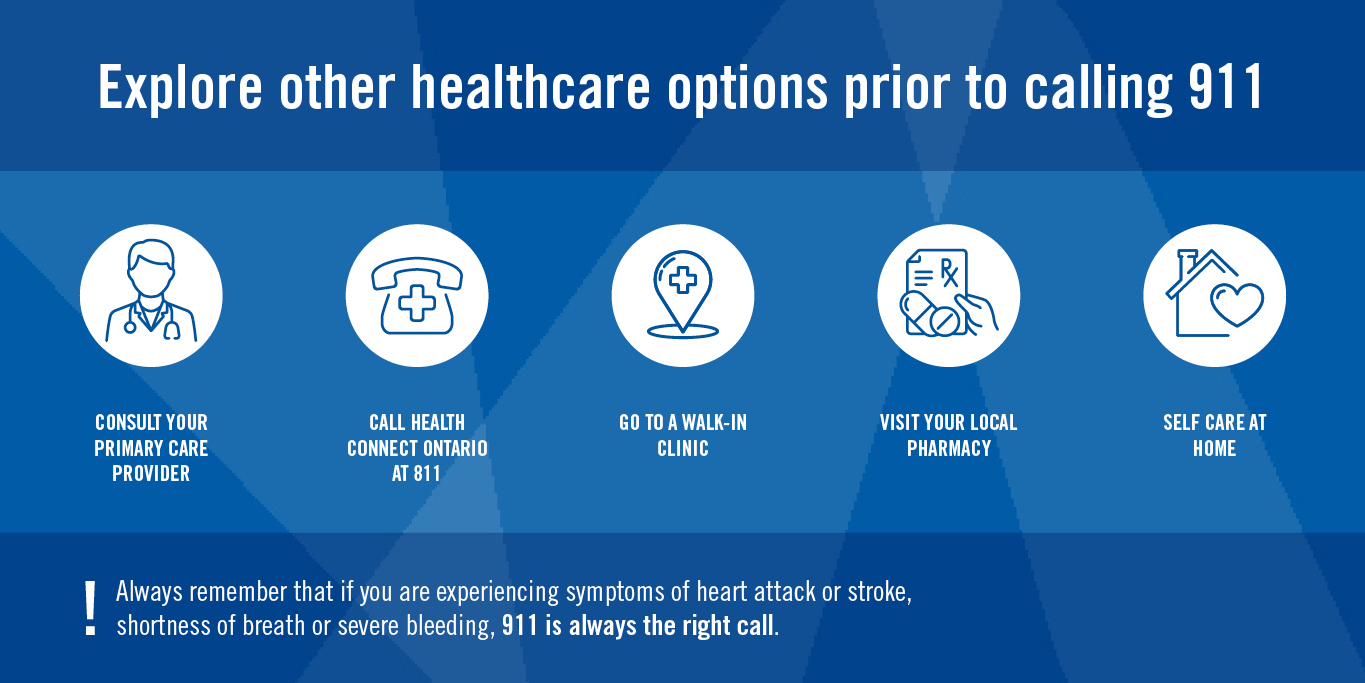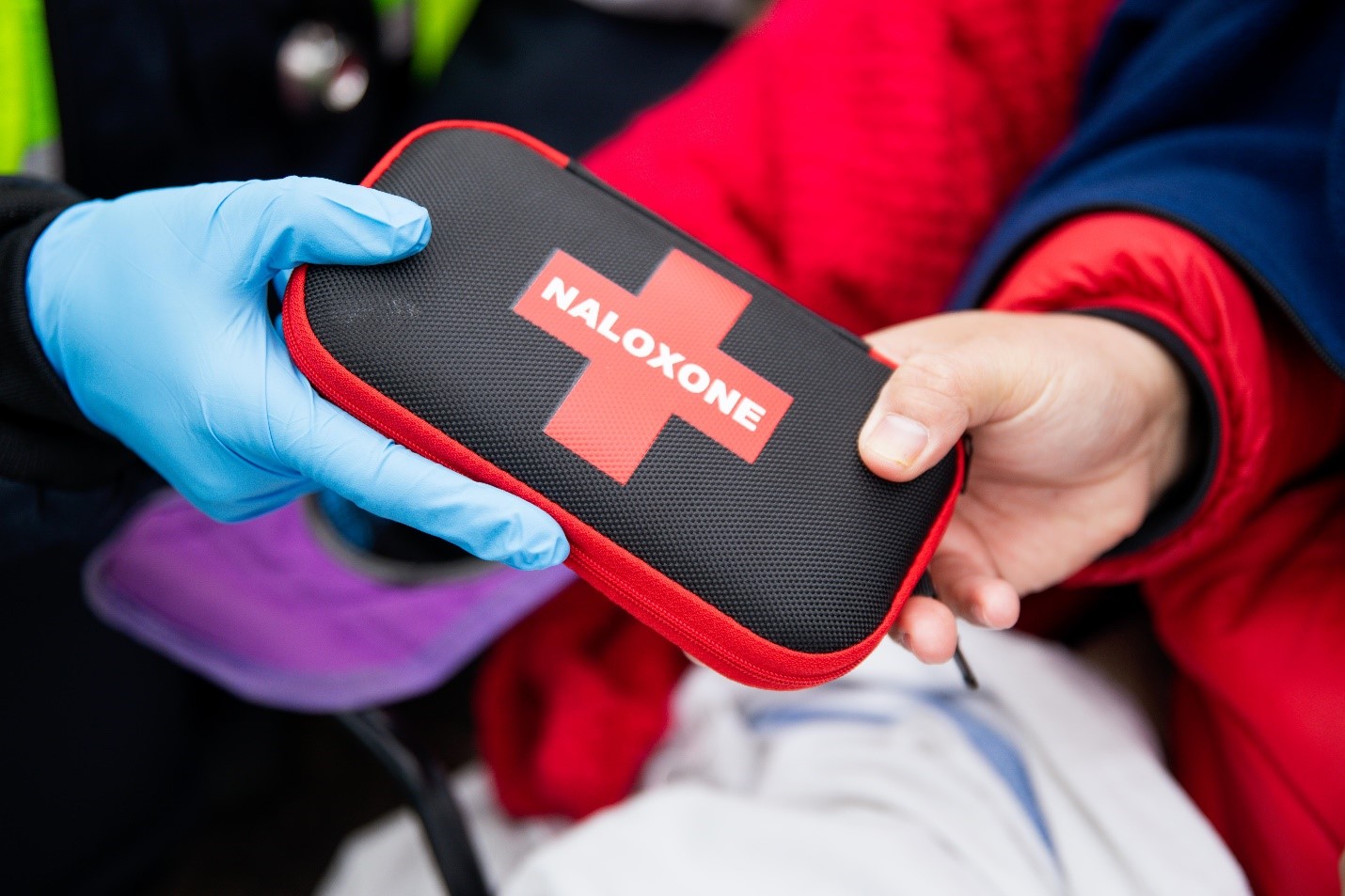When to call 911
In November 2024, the Ontario government will launch a new 911 dispatch system for prioritizing calls in York Region.
The Medical Priority Dispatch System (MPDS) ensures that life-threatening situations are prioritized to receive medical help quickly. When calling 911, communications officers will ask more detailed questions to gather information about a patient’s condition to match resources with the most urgent calls.
In a serious medical emergency when immediate help is needed, 911 is always the right call.
Examples of medical emergencies include (but are not limited to):
✓ Chest pain or tightness
✓ Choking
✓ Confusion, disorientation or dizziness
✓ Possible broken bones
✓ Sudden severe pain
✓ Shortness of breath or difficulty breathing
✓ Sudden weakness, numbness and/or tingling in the face, arm or leg
✓ Sudden difficulty speaking
✓ Suspected drug overdose
✓ Uncontrollable bleeding
✓ A child with diarrhea and vomiting who won’t eat or drink
✓ A baby under six months with a fever over 38.5°C (101°F)
How can I help while waiting for paramedics?
While waiting, it’s helpful to do the following if possible:
- Clear a path to the patient
- Clear cars from the driveway
- Get patient’s medication (if applicable)
- Secure pets
- Turn on outside lights
- Try to have someone wait out front
- Unlock doors
Do not move the patient unless their life is threatened.
For non-emergencies, there are many other healthcare options for York Region residents.

Medical Priority Dispatch System (MPDS)
Starting November of 2024, the MPDS will be used to help dispatchers understand the urgency of a 911 call so they can send the right help at the right time.
This means callers will be asked more questions to help determine the patient’s condition. Calls that are life-threatening such as a heart attack, stroke or serious traumatic injury will be responded to most quickly with ‘lights and sirens’ resources.
For non-life threatening conditions, patients may have a longer wait time for an ambulance. Communications officers will continue to monitor patients with follow up phone calls, and if their condition worsens, the call will be re-prioritized.
It’s important to remember that a longer wait time does not mean your call is not important. Rather, it means paramedics are responding to someone who needs immediate care. York Region paramedics are committed to helping you as quickly as possible.
The expansion of the MPDS is part of the Ontario government’s Your Health plan, to ensure that paramedic services provide the right care at the right time.
Get a Kit. Save a Life.
York Region Paramedic Services distributes naloxone kits during 911 calls and through community paramedicine outreach. Paramedics attending an opioid overdose call can provide patients and their family/friends with opioid overdose prevention and response education, naloxone kits and training on how to use them.
Opioid overdose can happen to anyone. If you or someone you know may benefit from having a naloxone kit, they are available at no cost. For more information on opioid use and where to get naloxone, visit york.ca/opioids



